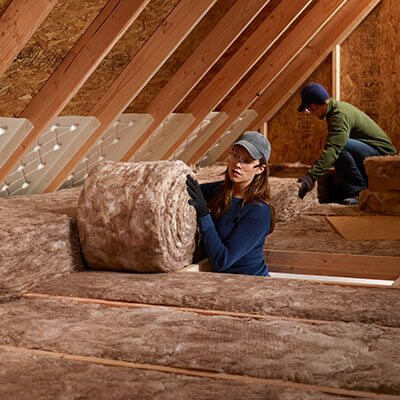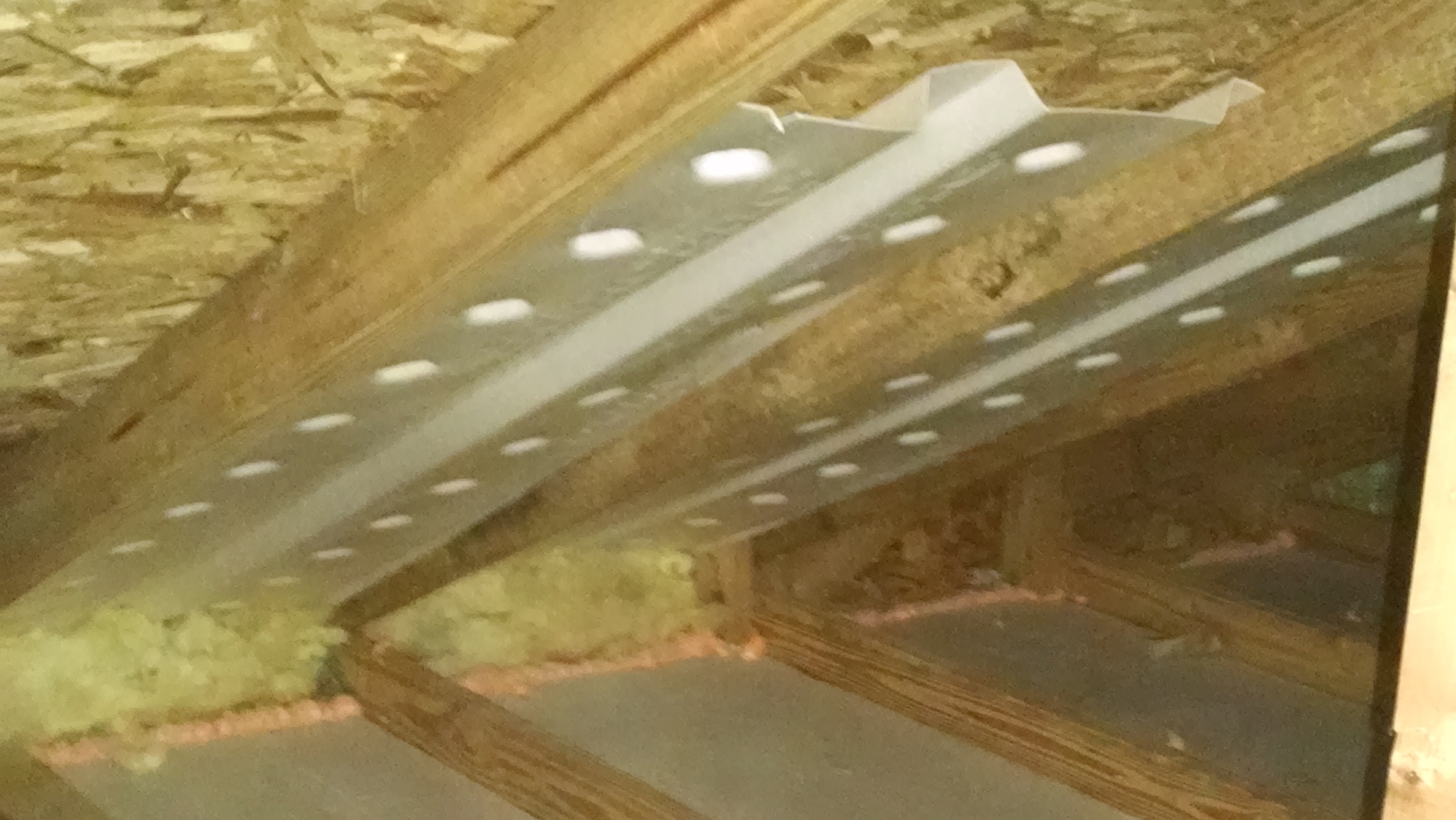In addition insulation baffles must be installed at the point where the attic floor meets the roofline to prevent the attic insulation from migrating into the cavities and restricting the airflow from the soffit vents.
Proper placement of attic insulation.
The answer is rafter venting.
Water is insulation s enemy.
We include cape style building roof attic knee wall insulation advice or for homes with no basement crawl space insulation placement advice basement insulation advice.
Look for water stains on the roof sheathing or damp or moldy spots on attic joists and existing insulation as a clue to where leaks might be.
This article describes the optimum placement of building insulation for various building designs problem spots and hard to insulate or hard to ventilate building spaces.
Box out light fixtures.
If it s jammed too tightly into a cavity it can t trap as much air and won t be as effective.
Rafter vents or insulation baffles install in any rafter space to create narrow gaps that direct fresh air from the soffit vents to the peak of the roof.
By the mother earth news editors.
The reason is simple when the inside roof deck surface emissivityis lowered from 95 bare wood to a lower value the result is a hotter substrate hence the logic behind the radiant barrier.
Laying a second layer of fiberglass batts in the attic is an easy way to boost r values.
The key to proper ventilation of your roof and attic is balance.
This is more expensive and usually requires a contractor but it may be worth the cost especially if you live in a very cold climate.
The amount of space you devote to intake must be equal to the amount you allow for exhaust and these must be calculated according to the size of your attic and slope of your roof.
Doubled vapor barriers in attic.
Placing a radiant barrier directly under the roof decking as illustrated above raises the attic temperature and energy consumption between 2pm and 8pm.
Fiberglass insulation gets its r value from the amount of air it traps between its fibers.










